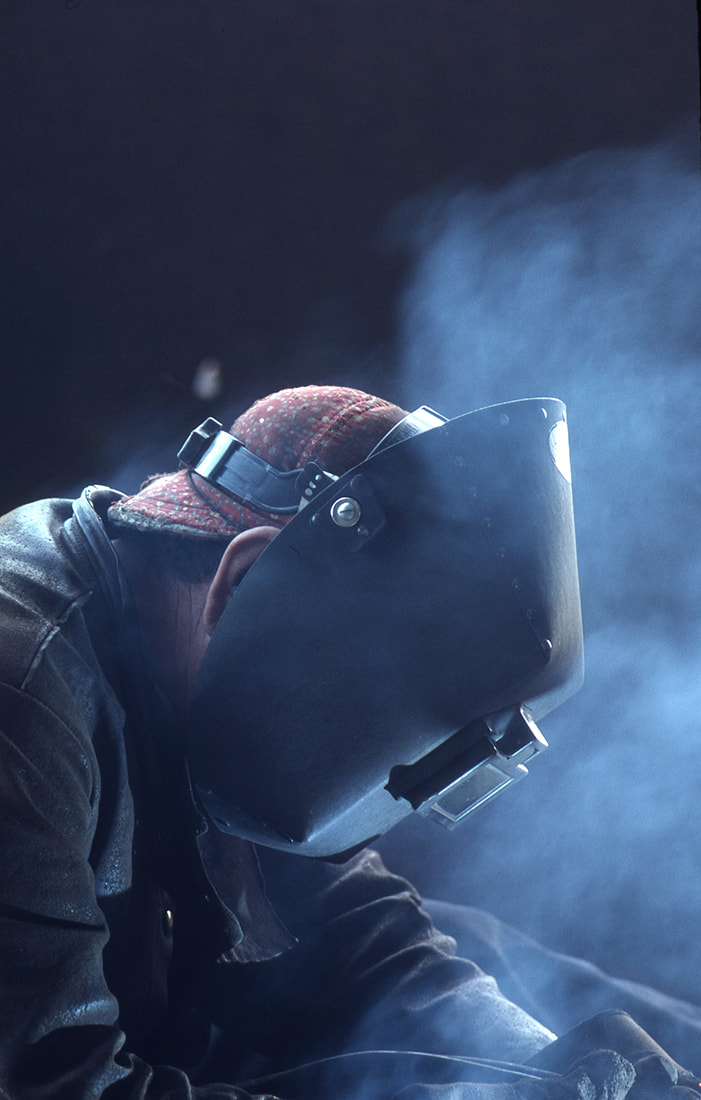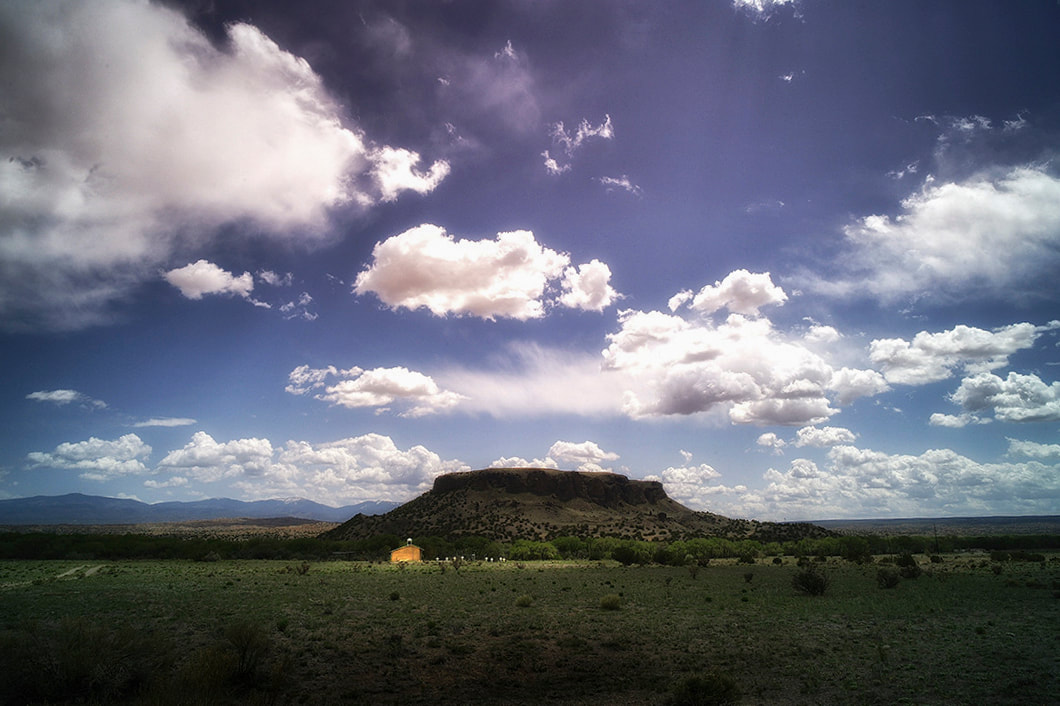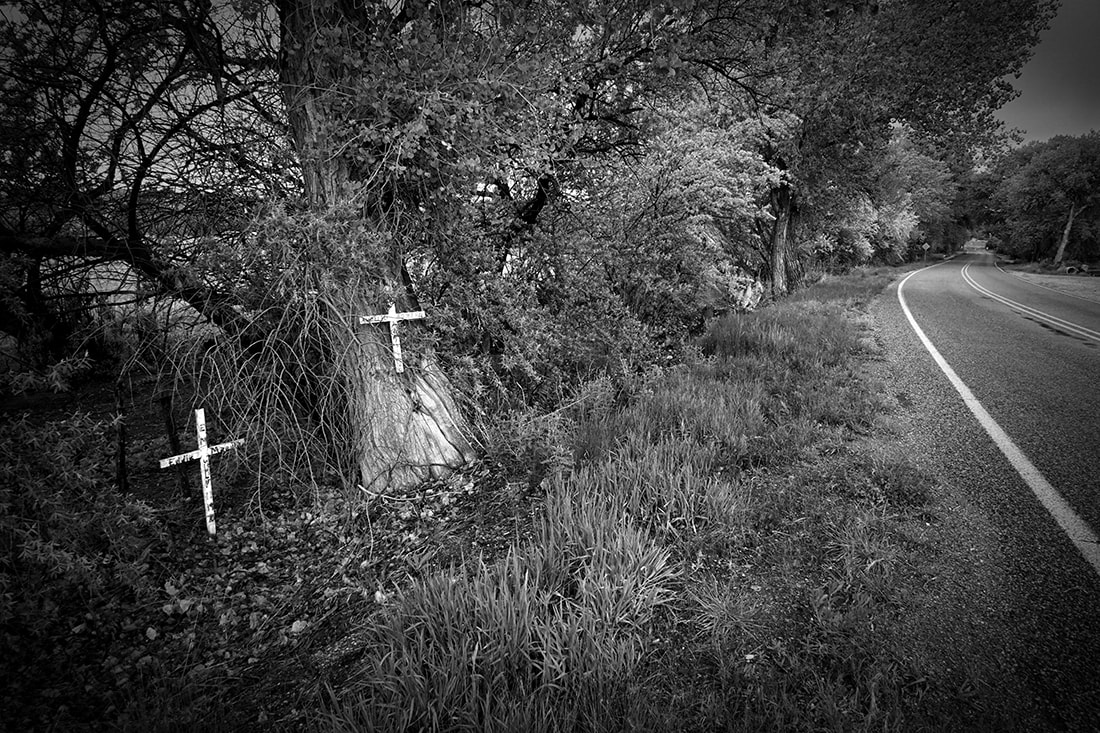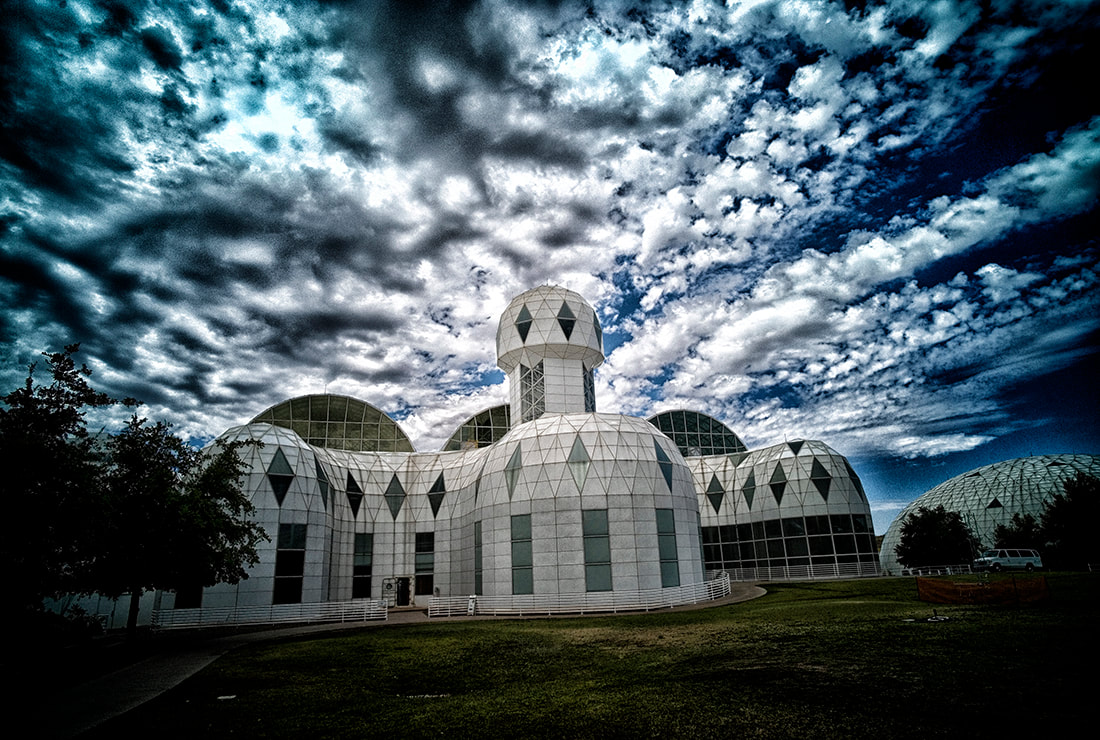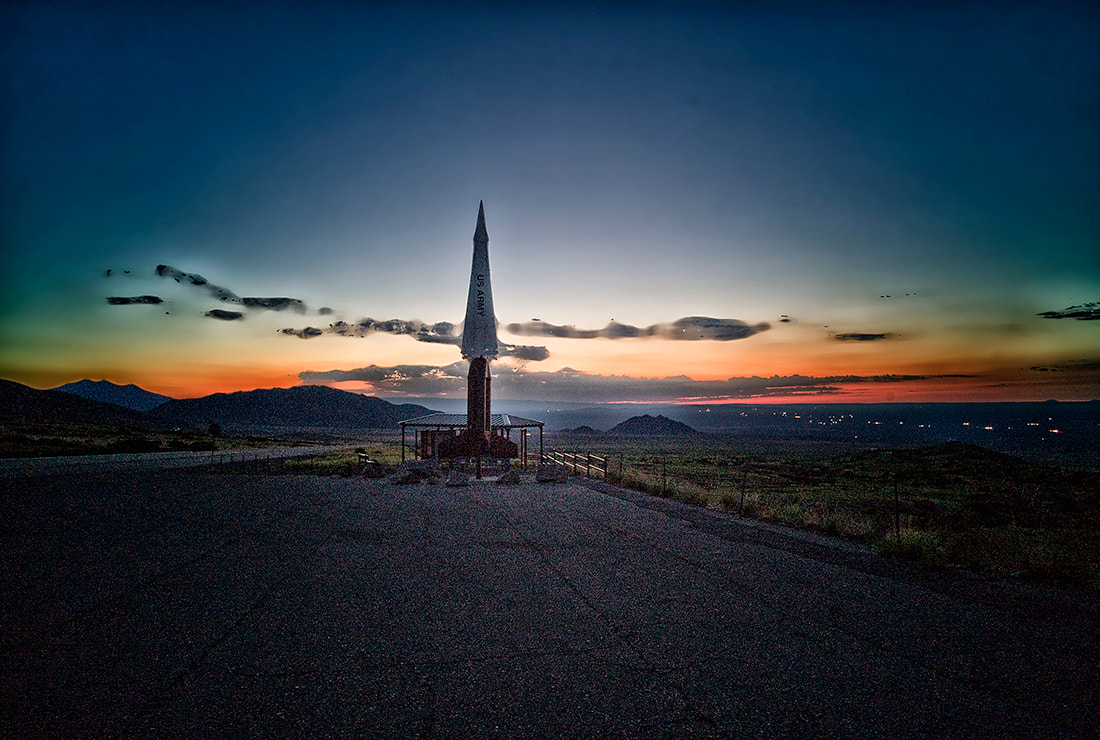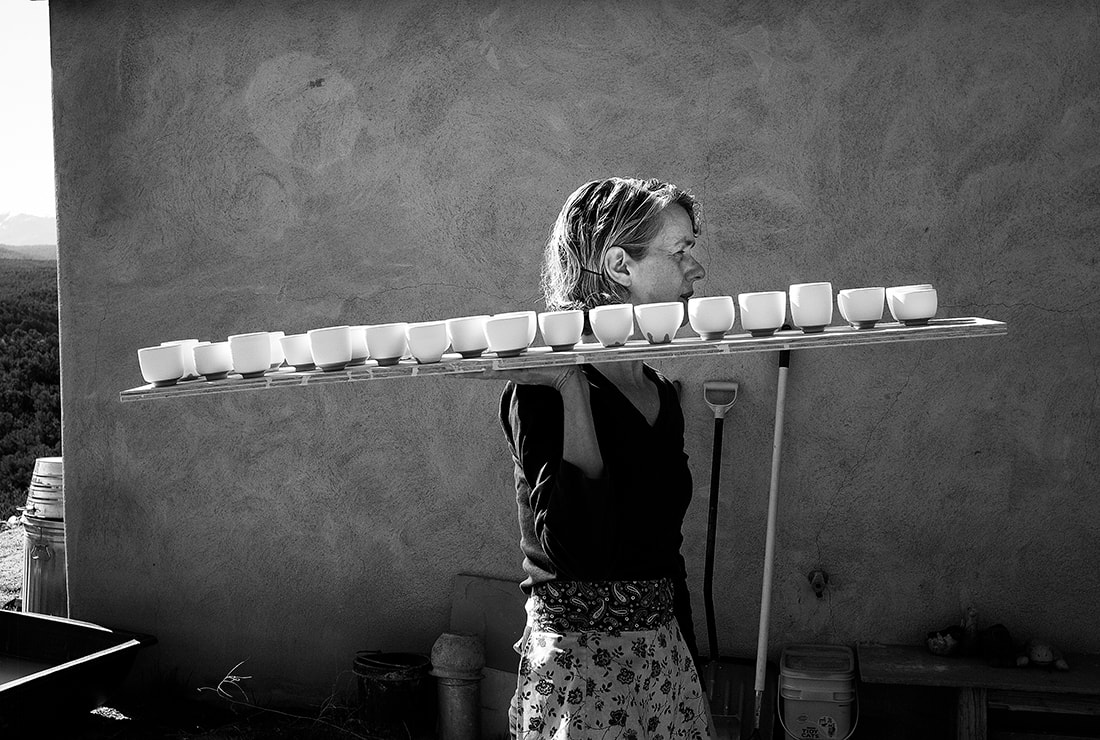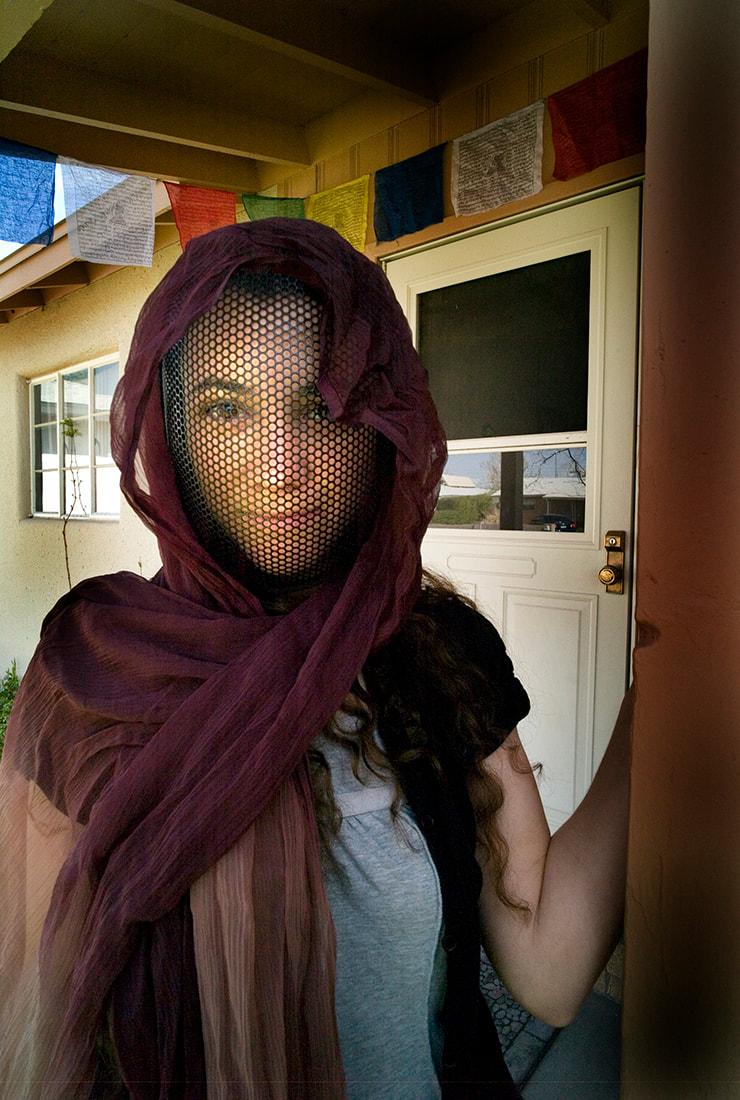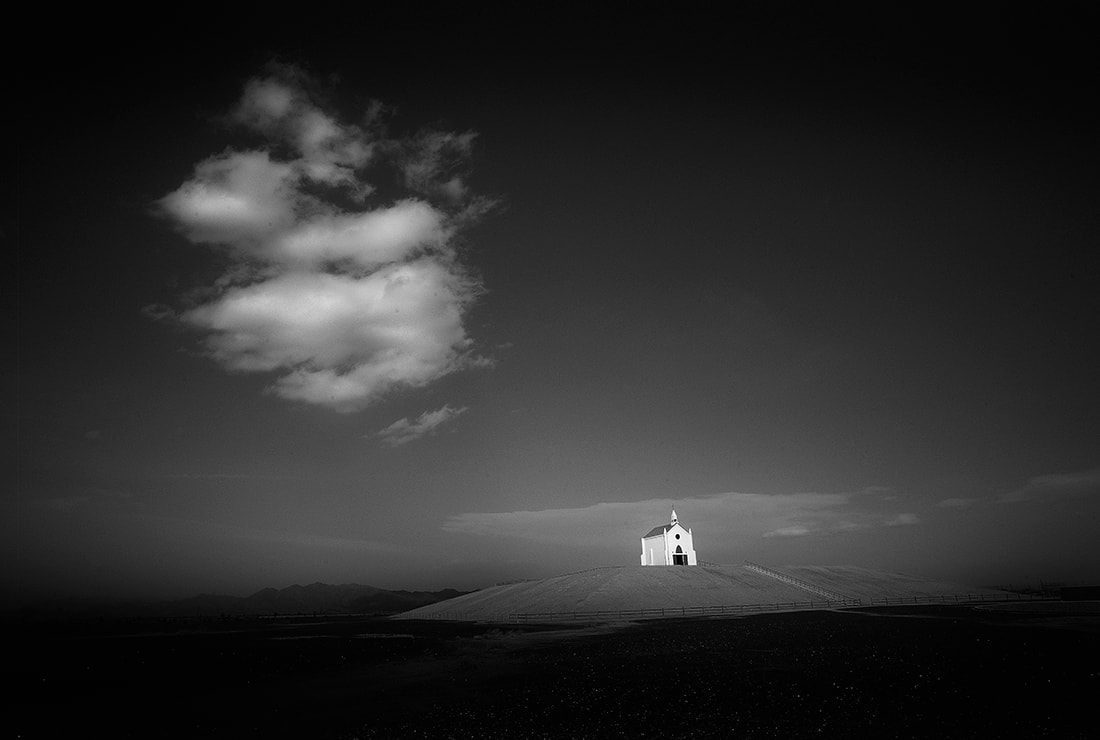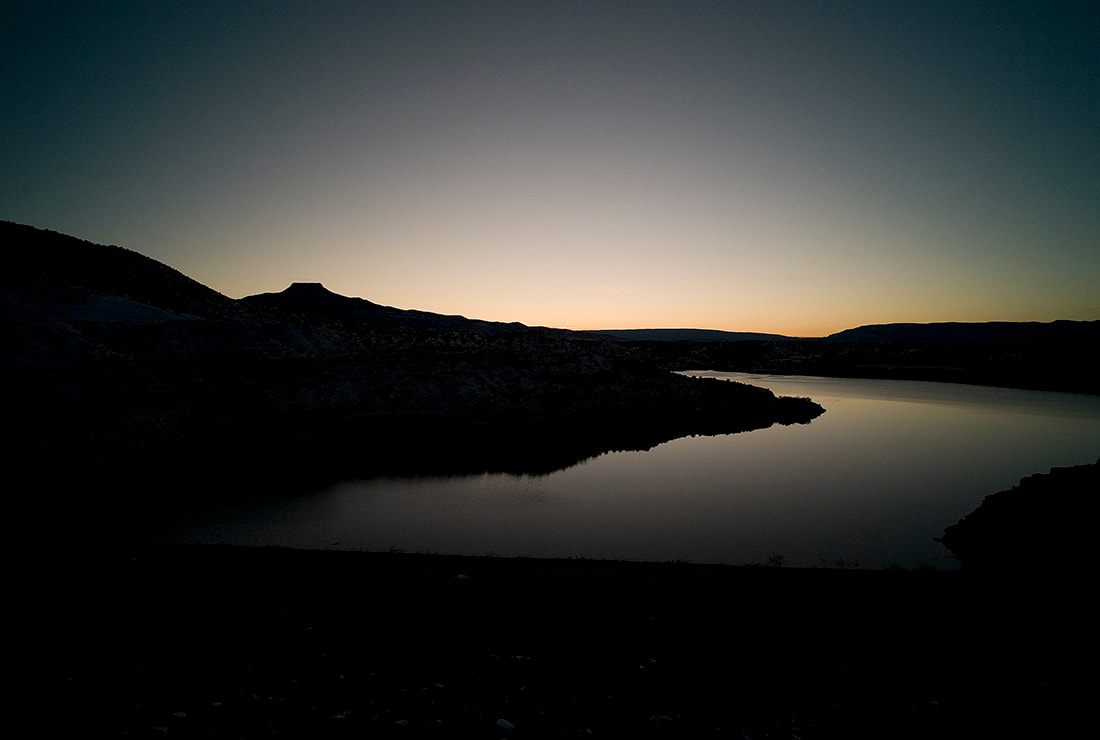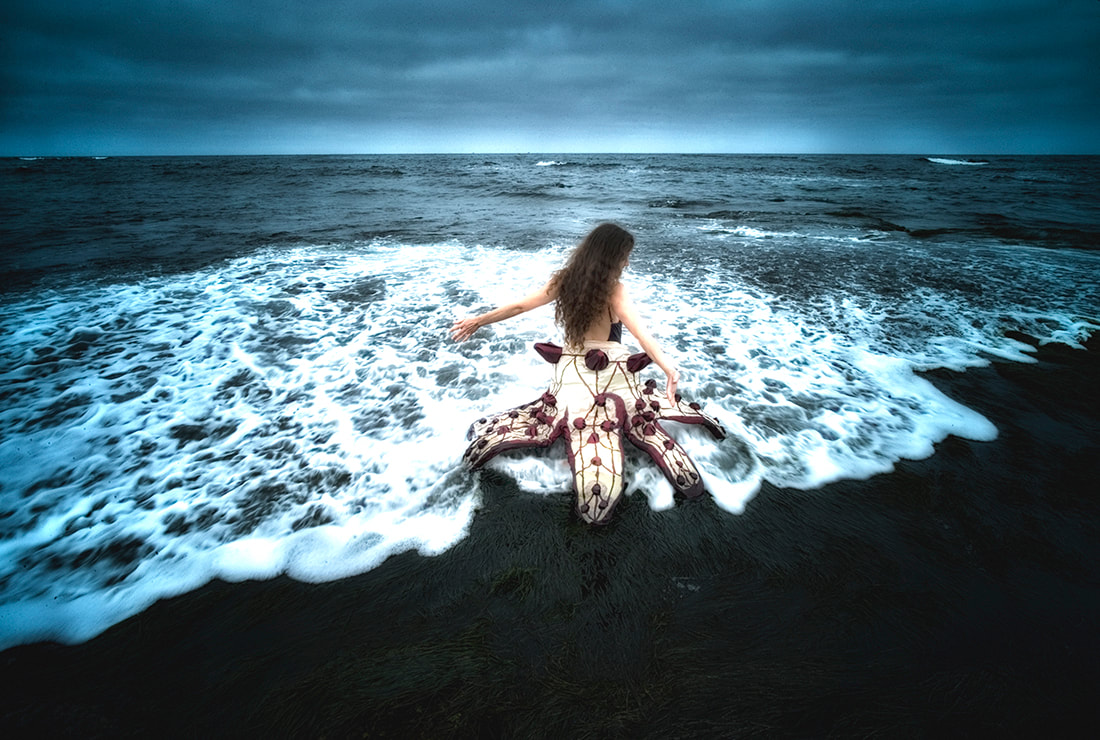In Praise of Manual Lenses
It’s popular these days to have your camera do everything for you: determine exposure, focus, etc. But there are some compelling reasons to go back in time, so to speak.
Doing more things manually lets you regain control you given over to your camera, and in many instances, the photographer making the choice opposed to the camera making the choice, makes for better photographs.
Take manual lenses for instance.
There are times when the auto focus doesn’t focus on the area of the subject you want it to focus on. That can be very frustrating.
One of the reasons I enjoy putting a manually focused lens on one of my cameras, be it a Leica body or Sony, is I have total control over where the lens will focus.
If I’m taking a portrait, and I want the focus to be precisely on the subject’s eyes, that is where I focus the lens.
When I resort to these lenses, it’s like I am going back in time to the days when I shot film. Virtually everything those days was manual.
You might think that focusing manually is slower than having your camera focus for you, and until you’ve practiced a bit, that may be true. But once you get the hang of manually focusing, and if you’re really adventurous, manually adjusting the exposure, you’ll come to realize that you can work very quickly, and often in situations that might confuse the auto focus on the camera, you can work more quickly than the camera can.
Another factor to consider is the cost. Using some older prime lenses via adapters offers you “glass” that is pretty inexpensive and quite possibly sharper and crisper than much more expensive modern lenses made especially for your camera.
Perusing eBay or sites such as shopgoodwill.com, often offer some really lovely manual lenses at some very attractive prices.
An example.
When my oldest daughter Emma (www.emmaecho.com and @em.ma.echo) became serious about her photography, I gave her a Sony a6000 camera body with a kit lens. I also gave her a large selection of Olympus lenses made for the OM cameras, which I had used during my film days.
These Olympus lenses were superb, and since the OM bodies were small, the lenses were small, and so they fit right in with the small size of the a6000 design.
It took a little while for Emma to become accustomed to manually focusing, but now she prefers doing that opposed to having the camera focus and determine exposure for her.
I’ve put some images that I’ve taken with manual lenses here, but if you really want to see some really fine examples, check out the links to my daughter’s website and Instagram links above.
And finally, there is simply the satisfaction of knowing your equipment more intimately and relying more on yourself than on the camera.
Doing more things manually lets you regain control you given over to your camera, and in many instances, the photographer making the choice opposed to the camera making the choice, makes for better photographs.
Take manual lenses for instance.
There are times when the auto focus doesn’t focus on the area of the subject you want it to focus on. That can be very frustrating.
One of the reasons I enjoy putting a manually focused lens on one of my cameras, be it a Leica body or Sony, is I have total control over where the lens will focus.
If I’m taking a portrait, and I want the focus to be precisely on the subject’s eyes, that is where I focus the lens.
When I resort to these lenses, it’s like I am going back in time to the days when I shot film. Virtually everything those days was manual.
You might think that focusing manually is slower than having your camera focus for you, and until you’ve practiced a bit, that may be true. But once you get the hang of manually focusing, and if you’re really adventurous, manually adjusting the exposure, you’ll come to realize that you can work very quickly, and often in situations that might confuse the auto focus on the camera, you can work more quickly than the camera can.
Another factor to consider is the cost. Using some older prime lenses via adapters offers you “glass” that is pretty inexpensive and quite possibly sharper and crisper than much more expensive modern lenses made especially for your camera.
Perusing eBay or sites such as shopgoodwill.com, often offer some really lovely manual lenses at some very attractive prices.
An example.
When my oldest daughter Emma (www.emmaecho.com and @em.ma.echo) became serious about her photography, I gave her a Sony a6000 camera body with a kit lens. I also gave her a large selection of Olympus lenses made for the OM cameras, which I had used during my film days.
These Olympus lenses were superb, and since the OM bodies were small, the lenses were small, and so they fit right in with the small size of the a6000 design.
It took a little while for Emma to become accustomed to manually focusing, but now she prefers doing that opposed to having the camera focus and determine exposure for her.
I’ve put some images that I’ve taken with manual lenses here, but if you really want to see some really fine examples, check out the links to my daughter’s website and Instagram links above.
And finally, there is simply the satisfaction of knowing your equipment more intimately and relying more on yourself than on the camera.
